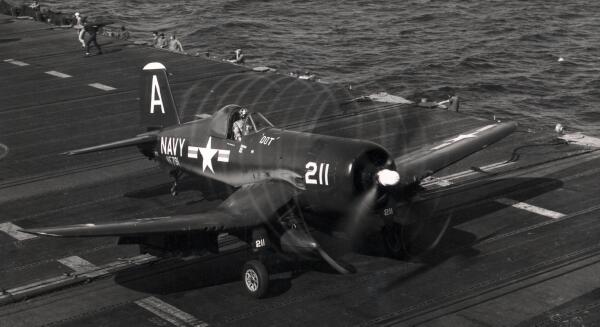I would wager it's there, and go on to say it's extremely hard to describe, given it's 3-d flow (spiral). Nearly every explaination I see tries to describe it in 2-d terms (hitting vertical tail, causing yaw to left, or that it changes relative wind, increasing angle of attack and lift to the right, also increasing lift on left horz. stab, increasing roll to right).
I'd say gyroscopic precession is just as minor and irrelevent 99% of the time. I do some aerobatics on the side, and that's where I really start to notice it, during quick/radical pitch changes. Rotating or climbing? Not so much. One of the big points by the FAA is that a tail-dragger is kind of "worst case scenario" for rotation, due to the slipstream, p-factor, gyroscopic precession, and torque, all of those "make it go left", where as for a tricycle, only p-factor, spiraling slipstream and torque "make it go left". This due to taildraggers initially pitching down, vs tricycle initially pitching up. If it weren't for "all these adding together" for the taildragger, I question whether they'd even be in there.
Then there's spiraling slipstream for multi-engines and "critical engine factors"...all I got to say to that is: "seriously?"...talk about ridiculously unimportant...
Most of these "factors" are designed out of modern aircraft or not really imortant due to how they manifest, and the P-factor becomes the real important one.
 AIRLINE
AIRLINE AIRLINE
AIRLINE

